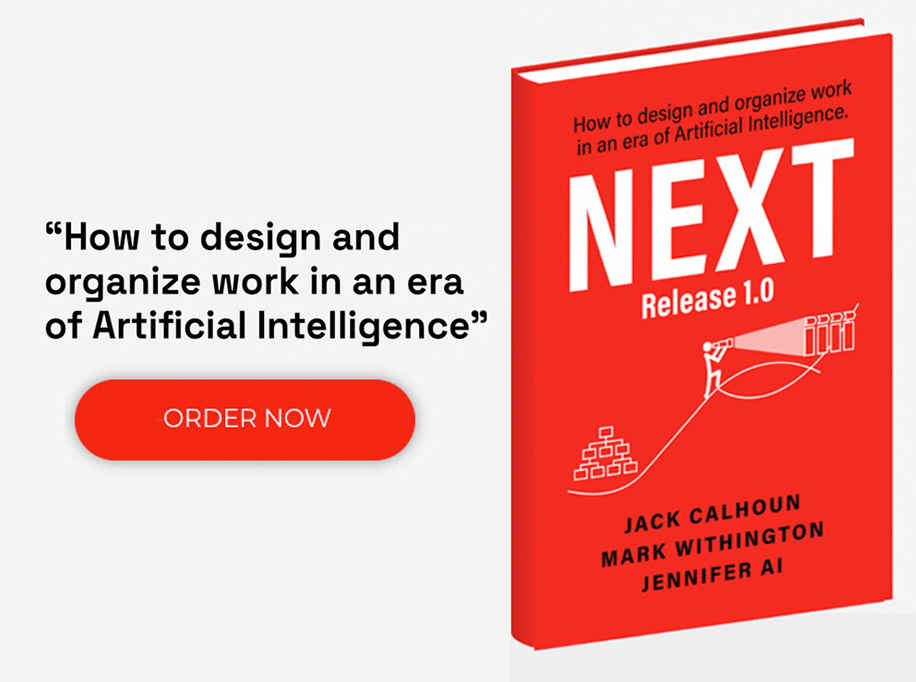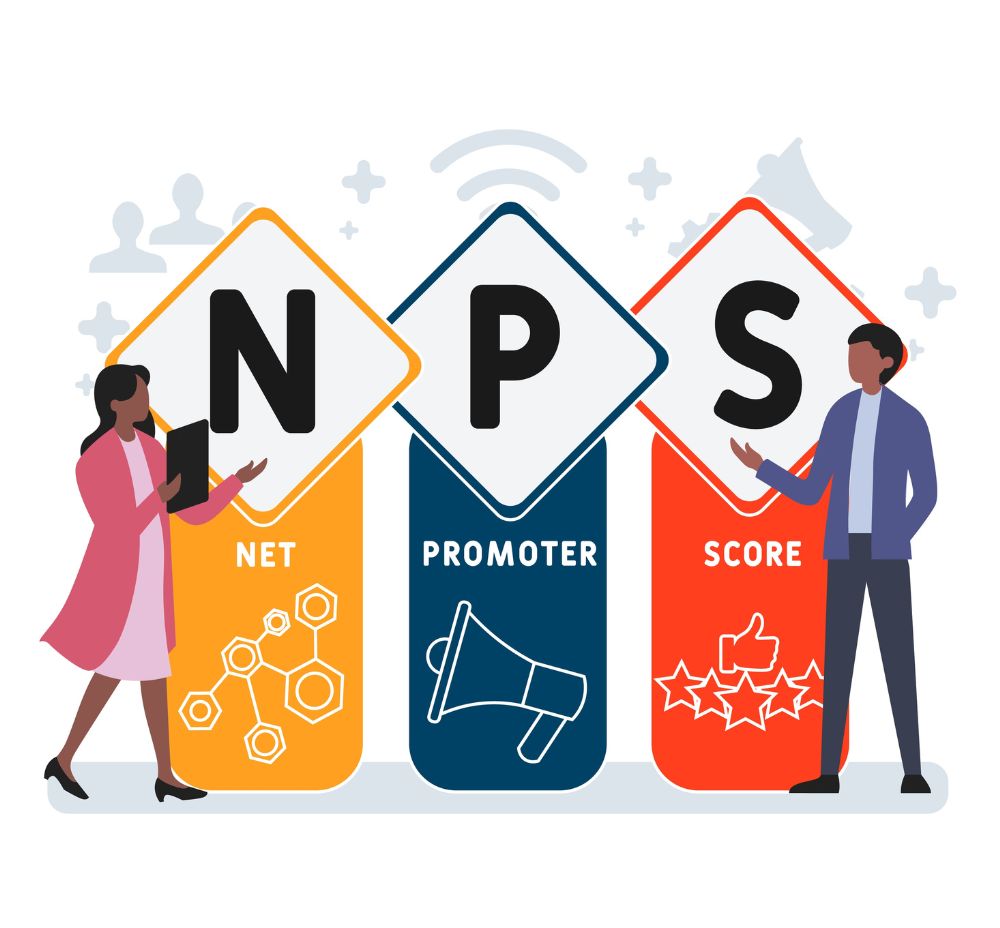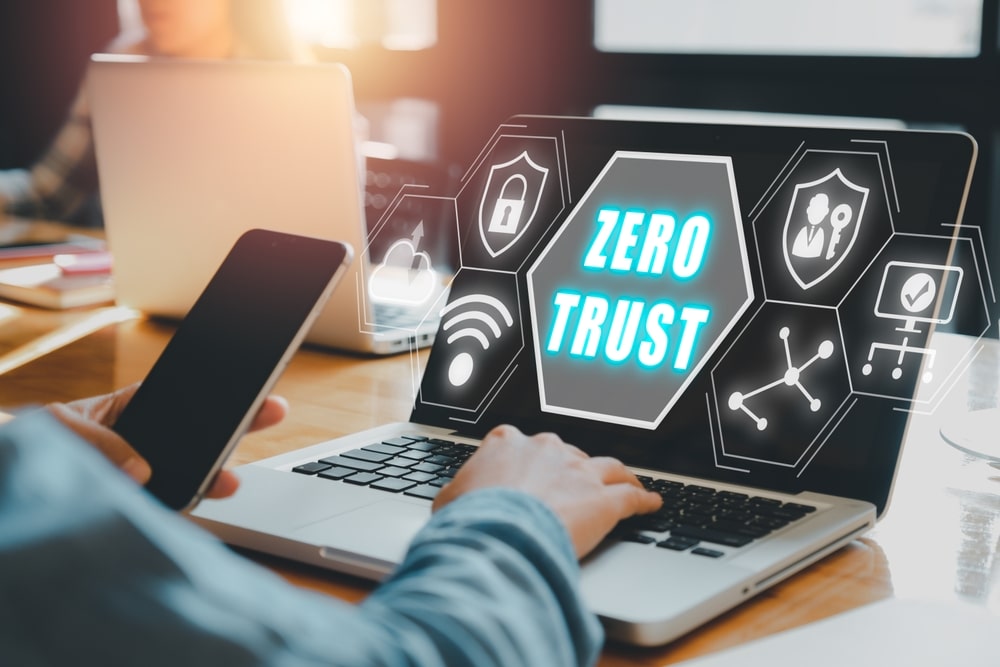What if every time your customers engage with your business, they feel satisfied, appreciated, and understood? Implementing a thoughtful customer experience strategy ensures just this, but mastering the art of customer experience is easier said than done. Join us as we explore the transformative impact of effective customer experience strategies that leverage data, technology, and behavioral insights to create seamless interactions that align with customer expectations and business goals.
Customer Experience Strategy, Defined
At its core, a customer experience strategy is an intentional approach to managing customer interactions. It encompasses all aspects of a customer’s journey, from initial awareness to post-purchase support. Businesses can build stronger relationships with their customers by integrating various touchpoints and ensuring consistent messaging and service.
The critical elements of a customer experience strategy include:
- Customer Journey Mapping: Visualizing the entire customer journey allows businesses to identify key touchpoints and potential pain points. By mapping out these interactions, companies can pinpoint areas needing improvement and ensure a cohesive and enjoyable customer experience from start to finish.
- Personalization: Tailoring interactions based on customer data and preferences helps create a more engaging and relevant experience. Personalized interactions can significantly enhance customer satisfaction, as customers feel valued and understood, which leads to increased loyalty and repeat business.
- Feedback Mechanisms: Implementing systems to gather and act on customer feedback is crucial for continuous improvement. These mechanisms enable businesses to listen to their customers, address concerns promptly, and make data-driven decisions that enhance the overall experience.
- Employee Training: Equipping staff with the skills and knowledge to deliver exceptional customer service is essential for a successful customer experience strategy. Well-trained employees can better understand and meet customer needs, leading to higher satisfaction and positive brand perception.
- Technology Integration: Utilizing tools and platforms to streamline processes and enhance customer interactions is vital in today’s digital age. Technology can automate routine tasks, provide valuable insights, and facilitate seamless communication, making the customer experience more efficient and enjoyable.
Why Assess your Customer Experience Strategy?
Too often, the customer experience is overlooked as businesses devote their resources to innovate in other areas like product or service development, supply chain management, or other areas of infrastructure. It’s a common assumption that the customer experience will magically fall into place. However, neglecting the customer experience can lead to disjointed interactions, dissatisfied customers, a diminished status, and ultimately, lost revenue.
Assessing your customer experience strategy is critical to navigating digital
disruption. As technology evolves, the ways customers interact with businesses fundamentally change. Closely analyzing customer experience strategies helps businesses adapt to new technologies and shifting customer behaviors, ensuring they remain relevant and competitive. By continuously evaluating and refining your customer experience strategy, you can better meet customer expectations, capitalize on emerging trends (or set trends), and drive sustainable growth.
How To Create a Customer Experience Strategy
Creating a robust customer experience strategy involves several key steps, each integral to understanding and enhancing how your customers interact with your brand. Let’s discuss these steps to understand their importance and implementation.
Understanding Your Customers
A deep understanding of your customers is the foundation of any successful customer experience strategy. This involves conducting thorough research to gather insights into your target audience’s needs, preferences, and behaviors. Use a mix of qualitative methods (such as surveys and analytics) and qualitative approaches (like interviews and focus groups) to get a comprehensive view. Knowing your customers means recognizing their pain points, expectations, and the emotional drivers behind their purchasing decisions. This understanding allows you to tailor your services and interactions to meet their needs, creating a more personalized and engaging experience.
Map the Customer Journey
Once you understand your customers, the next step is to map their journey with your brand. This involves identifying all touchpoints and interactions, from the initial contact to post-purchase support. Customer journey mapping helps visualize the entire experience from the customer’s perspective, highlighting critical moments where you can make a significant impact. By identifying these touchpoints, you can optimize each interaction to provide value and satisfaction, reducing friction and enhancing the overall experience. This detailed map is a blueprint for delivering consistent and coherent experiences across all channels.
Set Clear Objectives
Defining clear objectives is crucial to measuring the success of your customer experience strategy. What do you aim to achieve? Whether increasing customer satisfaction, reducing churn, boosting Net Promoter Scores (NPS), or enhancing overall engagement, your goals should be specific, measurable, attainable, relevant, and time-bound (SMART). Setting these objectives provides direction and helps prioritize initiatives, ensuring every effort aligns with your broader business goals. Clear objectives also facilitate performance tracking, enabling you to adjust your strategy based on data-driven insights,
Develop Personas
Creating detailed customer personas is an essential step in personalizing interactions. Personas are semi-fictional representations of your ideal customers created from market research and accurate data about your existing customers. They include demographic information, behavior patterns, motivations, and goals. Developing personas helps your team understand and empathize with different customer segments, allowing for tailored communication and service. By addressing each persona’s unique needs and preferences, you can enhance the relevance and effectiveness of your customer interactions.
Implement Technology
Technology plays a pivotal role in supporting and scaling your customer experience strategy. Choose the right tools and platforms, such as Customer Relationship Management (CRM) systems, feedback management tools, and data analytics software. These technologies allow you to gather and analyze customer data, automate routine tasks, and deliver personalized experiences at scale. Implementing the right technology can significantly enhance efficiency, accuracy, and responsiveness, leading to a smoother and more satisfying customer journey.
Train Your Team
Your employees are at the front line of your customer experience strategy. Ensuring they are well-equipped with the skills and knowledge to deliver exceptional service is crucial. Training should cover product knowledge, communication skills, empathy, and problem-solving techniques. Regular training sessions and workshops can keep your team updated on best practices and new tools.
Monitor and Adjust
Creating a customer experience strategy is not a one-time effort; it requires continuous monitoring and refinement. Regularly track performance metrics such as customer satisfaction scores, NPS, and customer retention rates. Gather feedback through surveys, social media, and direct customer interactions. Analyzing this data helps identify trends, uncover issues, and measure the impact of your initiatives. Use these insights to make data-driven adjustments to your strategy, ensuring it remains relevant and effective in meeting your customers’ evolving needs.
By following these steps, you can create a comprehensive customer experience strategy that not only meets but exceeds customer expectations.
How To Improve Customer Experience Strategy
Improving an existing customer experience strategy requires ongoing effort and attention to detail. Here are some effective ways to enhance your strategy:
Leverage Data Analytics
Using customer data to identify trends and areas for improvement is essential. Analyze patterns in customer behavior, feedback, and interaction data to uncover insights that can drive strategic changes. You can make informed decisions that enhance the customer experience by understanding what works and what doesn’t.
Enhance Personalization
Tailor experiences more closely to individual customer preferences. Use data from past interactions, purchase history, and behavioral analytics to create personalized recommendations, offers, and communications. Personalization makes customers feel valued and understood, increasing satisfaction and loyalty.
Streamline Processes
Simplify customer interactions to reduce friction and improve satisfaction. Review your customer journey to identify bottlenecks and unnecessary steps. Implementing more efficient processes, such as faster checkout options or streamlined support channels, can significantly enhance the overall experience.
Invest in Technology
Adopting new tools and technologies can enhance customer service capabilities. Innovations like AI chatbots, CRM systems, and advanced analytics platforms allow for more responsive and personalized interactions. Staying current with technological advancements ensures that your customer experience remains competitive and efficient.
Solicit and Act on Feedback
It is crucial to regularly gather customer feedback and use it to drive strategic adjustments. Implement feedback loops through surveys, social media, and direct interactions to understand customer sentiments. Acting on this feedback shows customers that their opinions matter, leading to improved trust and loyalty.
Foster a Customer-Centric Culture
Encourage every team member to prioritize customer experience in their daily tasks and provide the necessary support and infrastructure. This involves training employees to be empathetic, responsive, and proactive in addressing customer needs. A customer-centric culture ensures everyone is aligned to deliver exceptional experiences, making it a core aspect of your business operations.
Integrating these practices into your existing strategy can continuously enhance your customer experience, leading to higher satisfaction, loyalty, and business growth.
Accelare’s Purpose-Driven Customer Experience Strategy Consulting
Accelare specializes in helping businesses develop and implement purpose-driven customer experience strategies. Our consulting services provide comprehensive support, from initial assessment to ongoing optimization. We combine deep industry expertise with innovative technology to create tailored solutions that drive meaningful customer satisfaction and business performance improvements.
To explore the benefits of Accelare’s purpose-driven customer experience strategy consulting for your business, contact us today.











